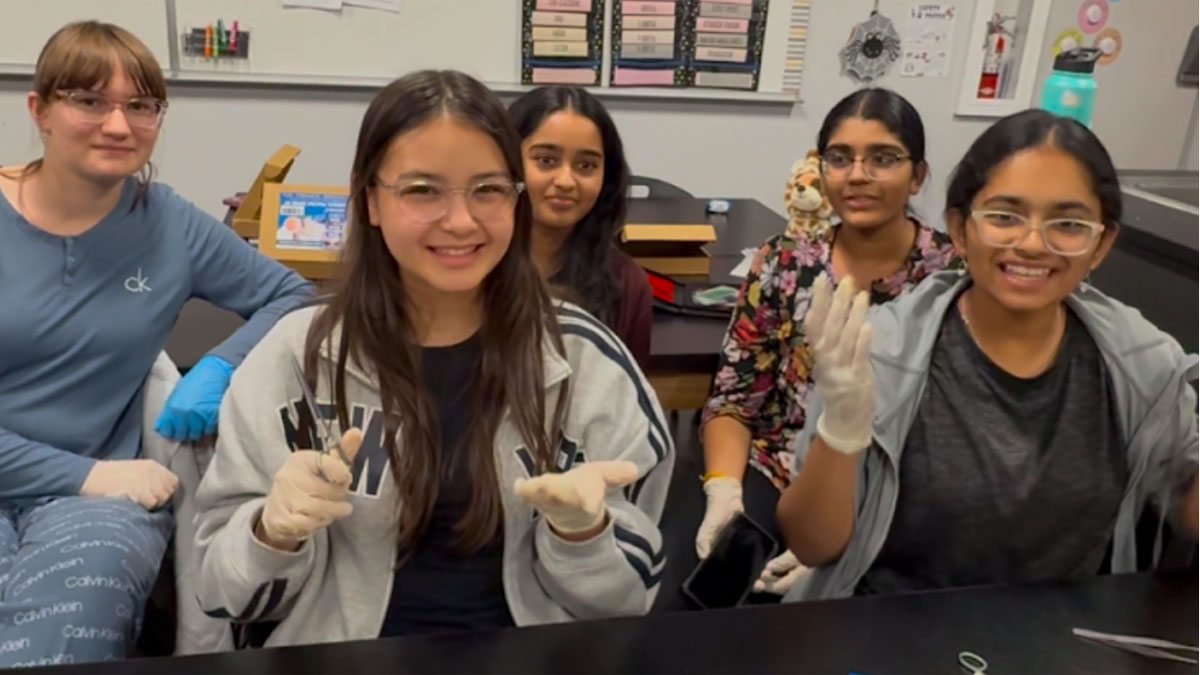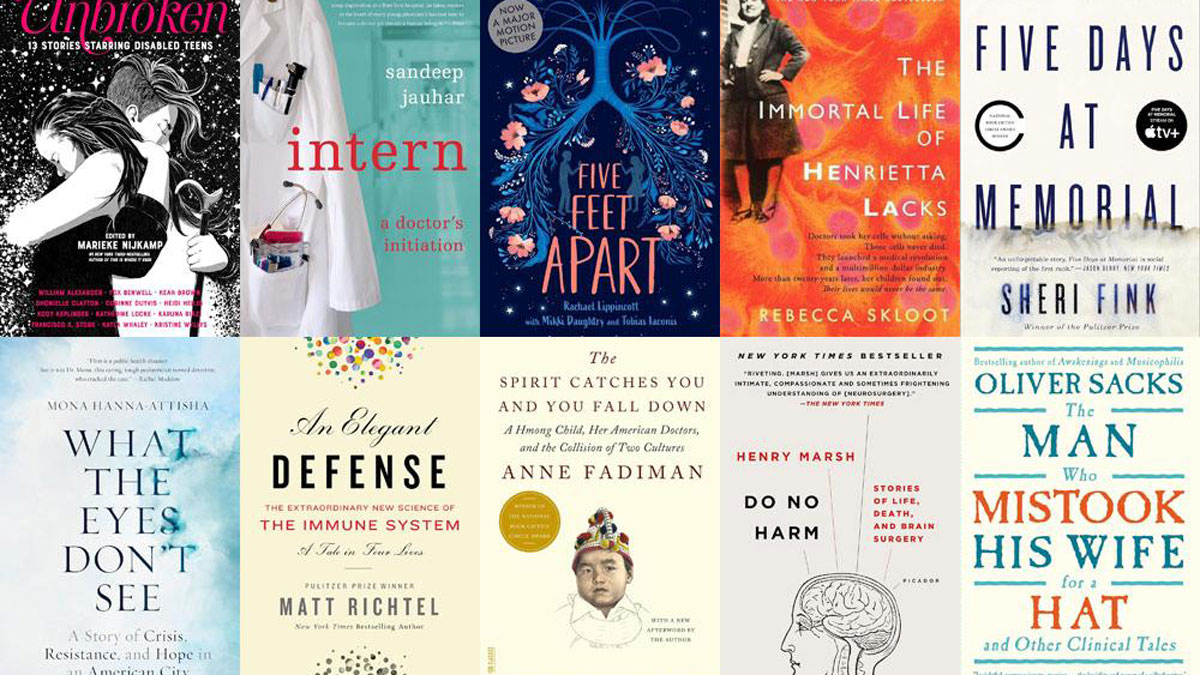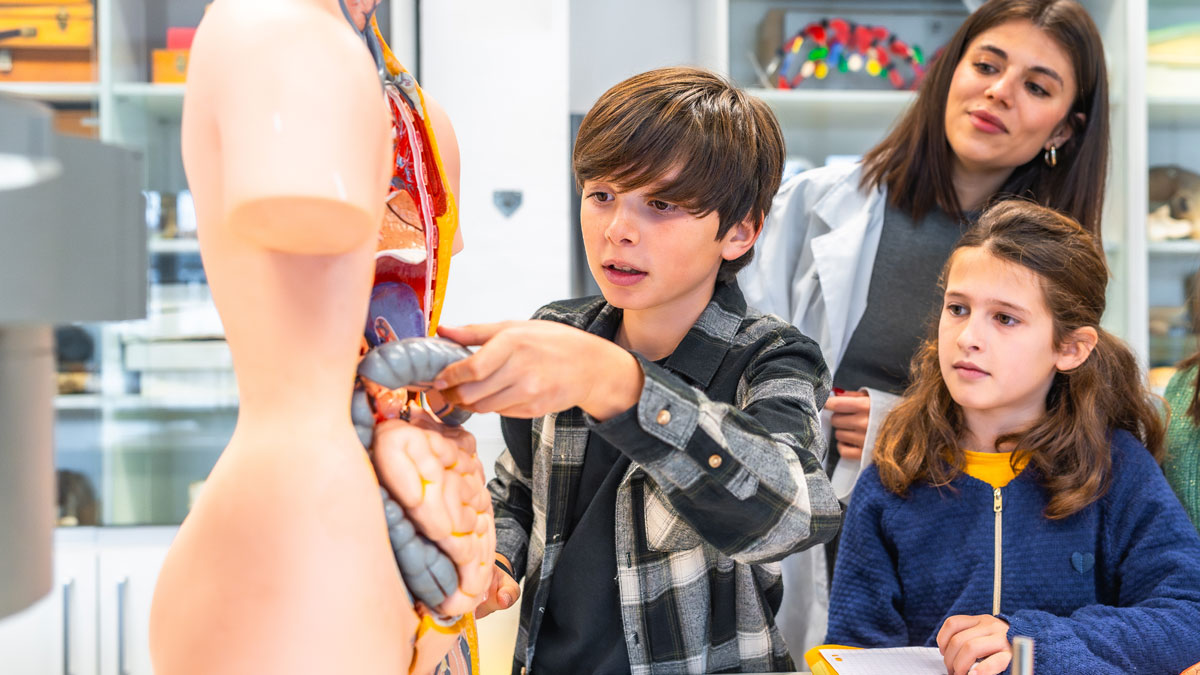To Be a Physician, These Classes are Necessary
STEM courses of course are required, but so are other courses.

Dr. Hillary Weiss
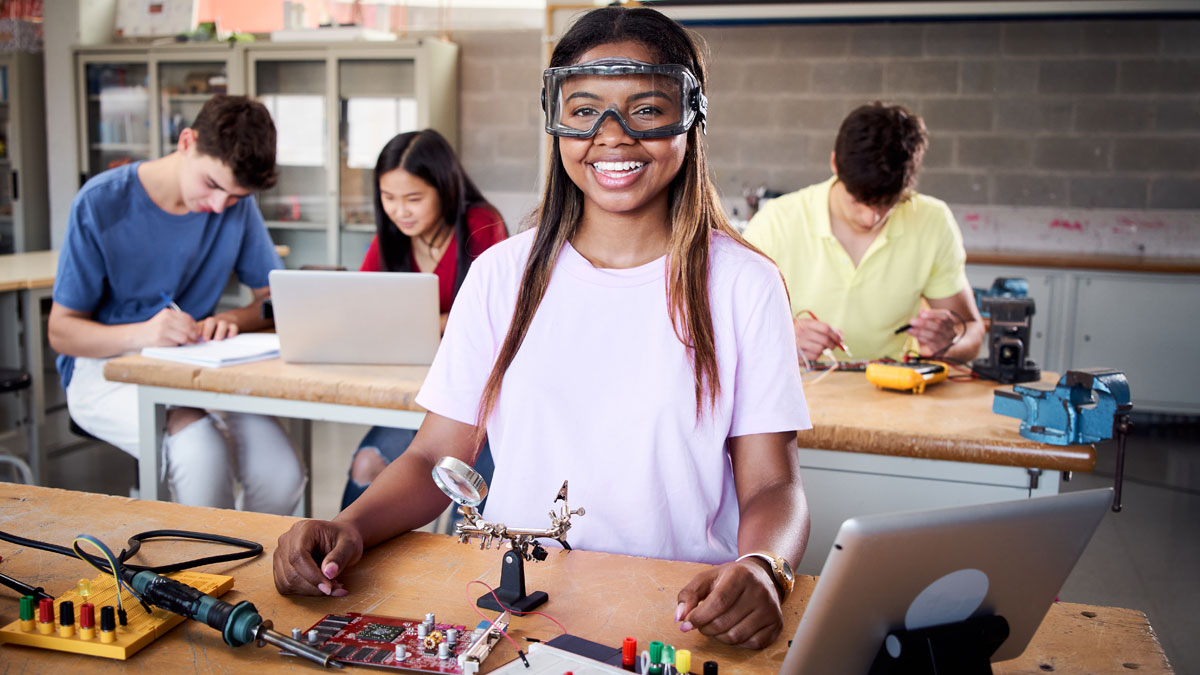
If you’re a high school student with dreams of becoming a doctor or pursuing a career in healthcare, all of your courses are important to develop your skills, but science, technology, engineering, and mathematics—also known as STEM— courses will provide foundational knowledge for and ways to innovate in healthcare careers.
Let’s learn more about the similarities between your STEM classes and medical careers and how these courses in particular will prepare you for your future!
How STEM Prepares Students for Medical Careers
STEM courses are critical to properly prepare students for successful careers in medicine. As you probably know, each subject area plays a distinct and valuable role. Your high school STEM classes directly relate to essential skills and knowledge that physicians and other healthcare professionals use daily.
Science: Biology, chemistry, and physics classes are fundamental for medical careers.
Biology introduces you to human anatomy and physiology, while chemistry provides essential knowledge of biochemical reactions, medications, and disease processes. Physics will also help you understand medical technology like X-rays and MRI machines.
Technology: Familiarity with technology is crucial due to the rapidly advancing nature of medical tools.
Classes in computer science or information technology help students become proficient in using electronic health records, diagnostic equipment, and innovative software applications in patient care.
Engineering: The principles of engineering foster critical thinking and practical problem-solving.
Biomedical engineering specifically combines these principles with medical knowledge, enabling the creation of innovative medical devices and solutions that directly improve patient outcomes.
Mathematics: Math is fundamental in healthcare to accurately calculate medication dosages, analyze medical data, and interpret research statistics.
Courses such as algebra, calculus, and statistics will help to refine the analytical abilities needed to be a healthcare professional.
Taking advanced or AP-level courses can further enhance your readiness for college and medical studies.
To view more about which courses to take (and when), see an article from our partner, MedSchoolCoach, about planning for medical school while you are a high school student. We also suggest speaking with your guidance counselor or advisor about the optimal class schedule for you!
Real-Life Connections Between STEM and Healthcare
Today’s medical advancements are strongly driven by STEM (and AI) innovations, enhancing healthcare delivery and patient outcomes. Understanding these innovations through your STEM classes can position you at the forefront of future medical breakthroughs.
For instance, robotic surgery allows minimally invasive procedures, significantly improving patient recovery times (see Reddy et al., 2023).
Additionally, biomedical engineers utilize 3D printing technologies to create custom prosthetics (Borthakur, 2025). There are so many new, exciting, interdisciplinary research projects that are waiting to be initiated. See our How High School Research Can Elevate Your College Application article for more on interdisciplinary research.
Hands-On STEM Opportunities Beyond the Classroom
Experiencing real-world situations will help you understand more about future healthcare careers. We suggest joining STEM clubs, like Science Olympiad or robotics teams, to apply classroom knowledge creatively and collaboratively.
You might also volunteer at a hospital or clinic or delve into a research opportunity, which will give you deeper insights into medical practices and innovations. HSAFP allows you to explore all of these opportunities—volunteering, research, and hands-on medical skills—interact with high school peers across the U.S. and Canada interested in STEM, and more!
Chart your Course(s)
Your next step is to start planning!
- Map out what courses you will take for the rest of your high school career that may help stoke or enkindle your interest in STEM and medicine.
- Talk to your peers and others about the connections between STEM courses and medicine.
- Search for volunteering and research opportunities
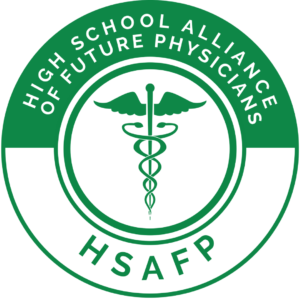
The High School Alliance of Future Physicians
For more pre-med advice…
Start or join an HSAFP chapter at your school today!
Recent Articles



